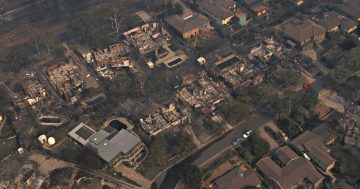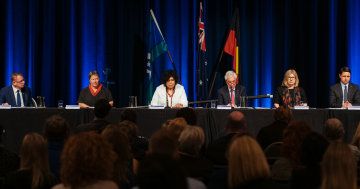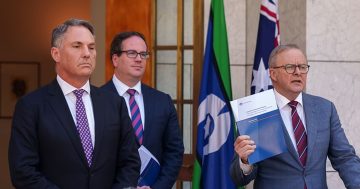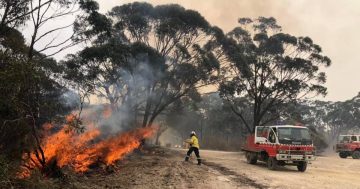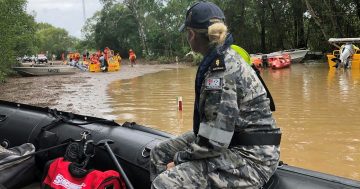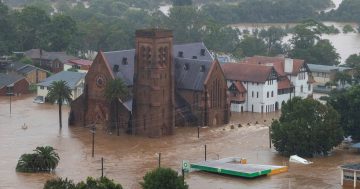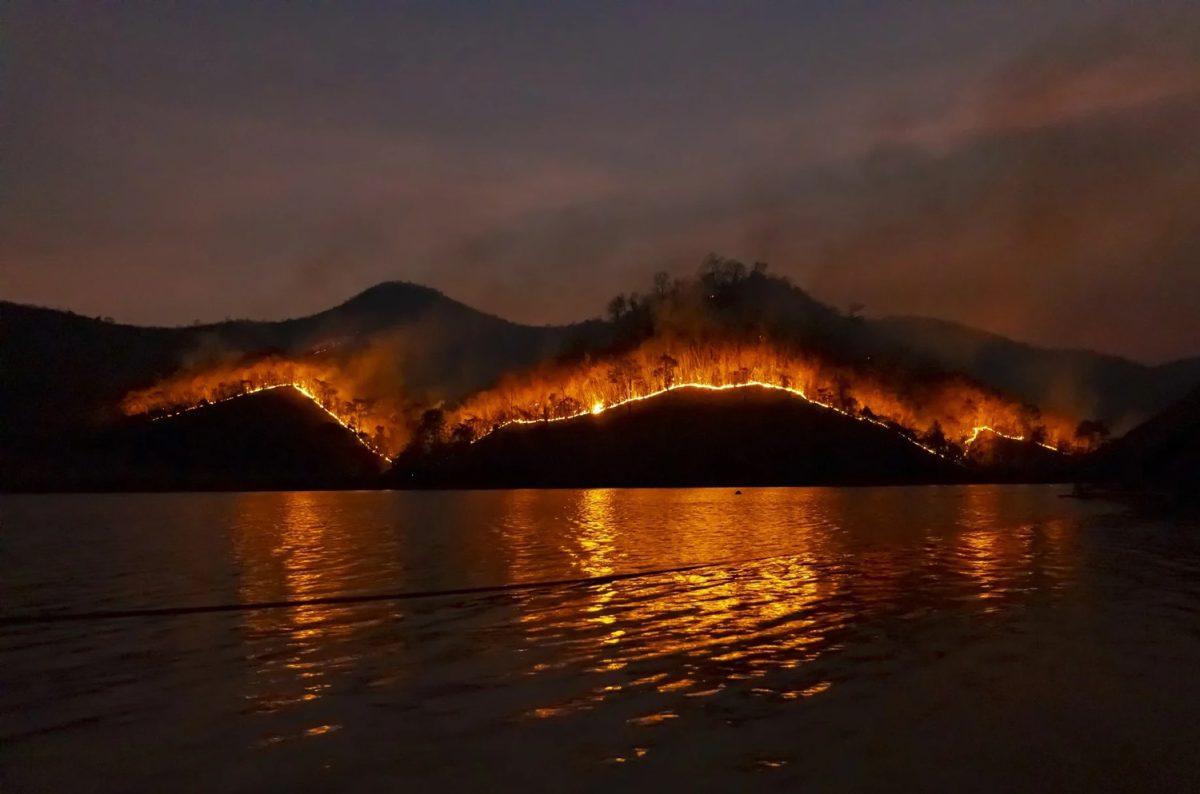
The Royal Commission into National Natural Disaster Arrangements was established in 2020 and made 15 recommendations for the Federal Government. Photo: Royal Commission report.
The Federal Government says Australia will be better prepared for future natural disasters now it has completed the 15 key recommendations from the Royal Commission into National Natural Disaster Arrangements.
The commission was established on 20 February 2020 in response to the disastrous bushfire season of 2019-20, which resulted in loss of life, property, wildlife and massive environmental destruction.
Often referred to as the ‘Bushfires Royal Commission’, it was led by Royal Commissioners former Chief of Defence Force Air Chief Marshal Mark Binskin, Dr Annabelle Bennett and Professor Andrew Macintosh, and was delivered to the government in October 2020.
Of the 80 recommendations made, about 65 were directed towards state and territory governments or in partnership with the Commonwealth.
But the 15 key recommendations that are the responsibility solely of the Federal Government have been implemented, including:
- The establishment of the National Emergency Management Agency (NEMA)
- The creation of the Disaster Ready Fund (DRF) to improve disaster resilience and reduce disaster risk
- The establishment of the Office of Supply Chain Resilience (OSCR) and the National Emergency Management Stockpile (NEMS)
- The delivery of the National Joint Common Operating Picture (NJCOP) to provide awareness of cross-border events
- An upgrade of the Australian Government National Situation Room (NSR)
- The establishment of the National Coordination Mechanism (NCM) to support national situational awareness and coordination of crises
- The establishment of the Australian Fire Danger Rating System (AFDRS) on 1 September 2022
- The establishment of the National Emergency Declaration (NED) Act 2020, to provide legislative framework for the Governor-General to declare a national emergency
- The establishment of the Independent Review into Commonwealth Disaster Funding
- The commissioning of the Independent Review of National Natural Disaster Governance Arrangements,
- A review of Disaster Recovery Funding Arrangements (DRFA)
- The establishment of a Not-for-profit and Philanthropic Roundtable or organisations involved in disaster recovery,
- The establishment of the Australian Climate Service (ACS)
- The development of the Australian Warning System (AWS) to provide nationally consistent warnings
“Although born out of the 2019-20 bushfires, this Royal Commission did not focus solely on that natural disaster,” Air Chief Marshal Binskin said in 2020 in the foreword of his final report.
“We also looked at natural disasters more generally – that is, naturally occurring, rapid onset events that cause serious disruption to a community or region, such as floods, bushfires, earthquakes, storms, cyclones, storm surges, landslides and tsunamis.
“Our task was to consider national natural disaster coordination arrangements,” he added. “It required us to look to the future. A future where such events will, regrettably, be more frequent and more severe.
“Consecutive and compounding natural disasters will place increasing stress on existing emergency management arrangements.
“Achieving an effective national approach to natural disasters requires a clear, robust and accountable system capable of both providing a comprehensive understanding of, and responding to, the aggregated risks associated with mitigation, preparation for, response to and recovery from natural disasters.”

Former Chief of Defence Force ACM Mark Binskin (Ret’d) led the Royal Commission into National Natural Disaster Arrangements. Photo: ADF.
In a 14 December release, Minister for Emergency Management Senator Murray Watt said natural hazards have continued to impact communities since the 2019-20 Black Summer bushfires, including floods in 2022 and now bushfires again this year.
“The government is committed to ensuring the nation as a whole is better prepared, and able to respond and withstand future natural hazard events,” he said.
“The Royal Commission made it clear that state and territory governments should continue to have primary responsibility and accountability for emergency management within their boundaries, but also directed important action to be taken by the Australian Government.
“These recommendations include a range of improvements, which deliver better collaboration between governments and agencies, better access to resources and streamlining support.
“Completing these recommendations puts Australia in a much strong position for the 2023-24 Higher Risk Weather Season.”












